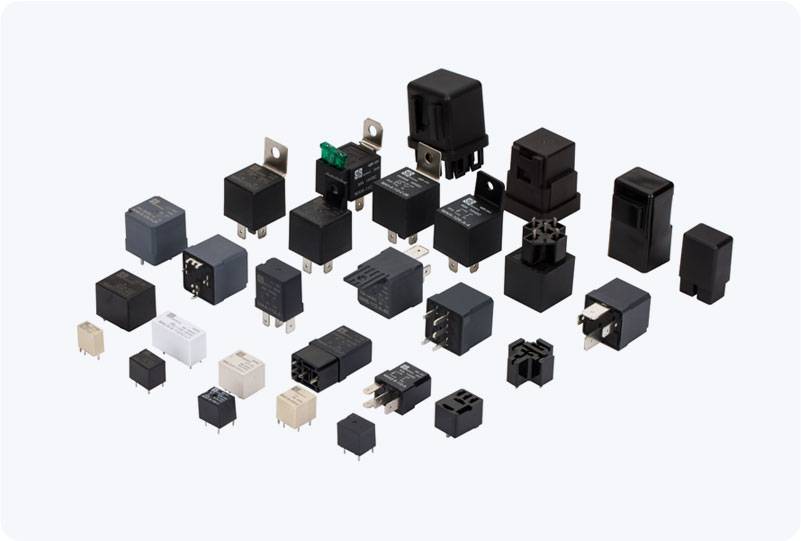understanding power relay: its functionality, applications, and importance in electrical systems
Release time:2025-07-18 04:46:15
A power relay is a critical component in electrical systems that allows the control of high-power circuits using low-power signals. Its ability to switch large amounts of electrical power with minimal input control is essential for modern electrical automation and safety. Power relays are used in a wide range of applications, from industrial machinery to household appliances, ensuring efficient and secure operation of various devices.

What is a Power Relay?
A power relay is an electrically operated switch used to control a high-power circuit with a low-power signal. The relay consists of a coil, an armature, and a set of contacts. When current flows through the coil, it generates a magnetic field that causes the armature to move, either closing or opening the contacts. This movement enables the relay to either connect or disconnect the high-power circuit. Power relays are designed to handle a variety of voltage and current levels, allowing them to serve diverse applications.
The main function of a power relay is to provide a means of controlling large currents or voltages with a low-power signal. For instance, a small control circuit can activate a power relay to switch on or off a large motor or another heavy electrical load. This functionality makes relays indispensable in applications that involve switching high-power devices on or off without directly controlling them with a manual switch or a more complex mechanism.

